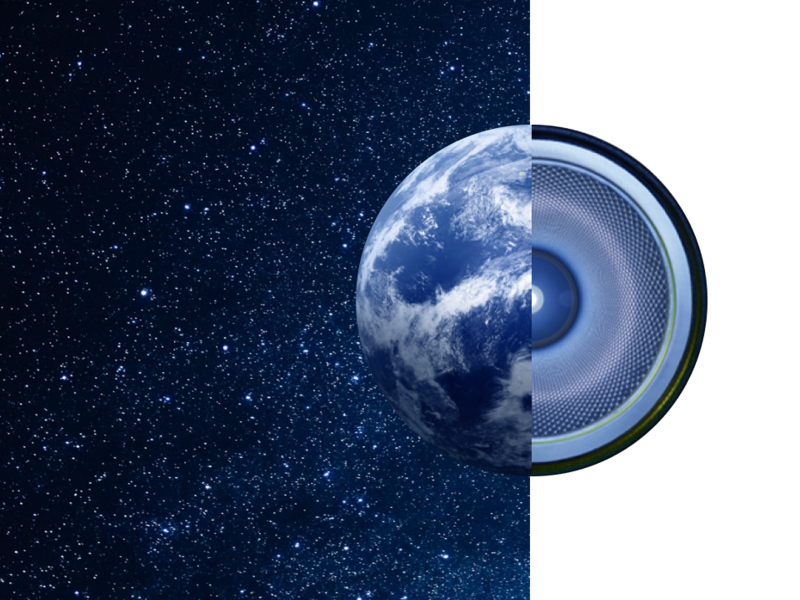In industry and trade, Dedusting systems are essential for improving air quality and thus ensuring a safe and efficient working environment. The various dust classes L, M and H are defined in EN 60335-2-69, Annex AA. The classification of substances into these classes is based on the official occupational exposure limit value (OEL). For all three dust classes, the standard specifies the maximum passage rates for extraction systems and dust collectors. Dust classes M and H play a central role here, as they classify the hazardousness of dust particles in industrial applications. This classification helps to determine suitable measures for dust extraction and filtration in order to protect the health of employees.
Dust class M for dust collectors
Dust class M is designed for medium-hazard dusts generated in many manual activities. These dusts can include organic materials such as wood and metal dusts. Class M dusts have an occupational exposure limit value (OEL) of more than 0.1 mg/m³. The OEL describes the time-weighted average concentration of a substance in the air at the workplace at which acute or chronic damage to the health of employees is not to be expected. As a rule, the value is determined on the basis of eight hours of exposure on five days a week during the working life.
Class M dust collectors retain 99.9 percent of these dusts. They may therefore have a maximum transmittance of 0.1 percent. Typical applications can be found in joineries and metalworking shops where wood and metal dust is produced. Class M systems are particularly advisable here in order to protect the health of workers.
Dust class H for dust collectors
Dust class H is designed for highly hazardous dusts that pose serious health risks to employees. These include, in particular, carcinogenic substances such as heavy metals (lead, chromium, mercury, etc.). As the OEL for this dust class is less than 0.1 mg/m³, the requirements for dust extraction systems are also higher. Class H systems must not exceed the extremely low permeability of less than 0.005 percent. Dust collectors of dust class H filter 99.995 percent of the dust out of the air. For dust class H, there is also the "additional requirement asbestos". Appliances that are labeled as H with asbestos approval can even filter asbestos dust out of the air.
Hengst dust extractors
Safe working environment, low operating costs
Discover our dust extraction systems for a clean and safe production environment. Our systems help you to make your working environment safer and at the same time make sustainable, economical decisions. Reduce operating costs now and increase safety in your process.

The difference between dust class M and dust class H
Classification into dust classes M and H is necessary for the selection of suitable Dedusting systems for the protection of workers. The main differences between dust classes M and H lie in the hazardousness of the dusts and the filter performance requirements. While dust class M is responsible for moderately hazardous dusts such as wood and cement and has a maximum permeability of 0.1%, only a much lower concentration of the highly hazardous dusts in class H may be present in the air. Appliances with classification H therefore have a significantly lower permeability of a maximum of 0.005%.
Simplified illustration of dust classes M and H in relation to the IFA dust classes
| Dust class M | Dust class H | |
| Occupational exposure limit value (OEL) | > 0.1 mg/m³ | 0.1 mg/m³ |
| Permeability | Max. 0.1% | Max. 0.005% |
| Material examples | Wood, concrete, paint particles | Heavy metal, high-alloy metals, carcinogenic dusts (asbestos) |
| Health risk | Medium hazardous | Highly hazardous |
Hengst dust collectors: Custom-fit dust extractors for safe working environments
Hengst offers Customized dedusting systems to ensure clean air and thus a safe and efficient working environment. With the dust class test for dust classes M and H, our dust collectors reliably ensure safe working environments. tailored to your individual production processes.
As an option, many of our devices can also be used in potentially explosive atmospheres thanks to their ATEX conformity.
We would be happy to provide you with comprehensive advice on the necessary steps to make production areas safer with dust collectors. Please contact our experts.

Write to us



